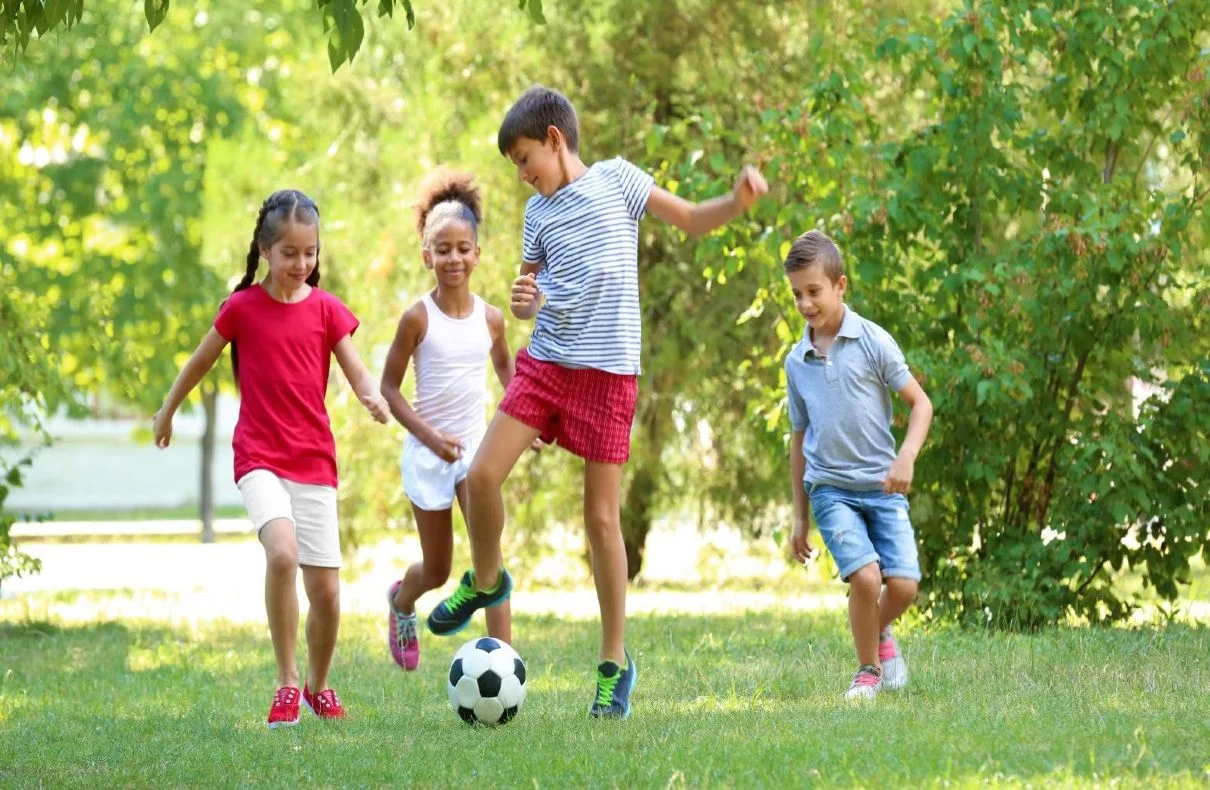
Living in urban areas can often mean limited access to natural environments, leading to potential health consequences for children. However, recent research suggests that children living near green spaces may have stronger bones.
In a study conducted by researchers from the University of British Columbia, it was found that children living in neighborhoods with more green spaces had higher bone mass density. The study analyzed data from over 3,000 children aged 8-14 years, taking into account factors such as physical activity, diet, and socio-economic status.
- Increased Vitamin D levels: Exposure to sunlight, which is plentiful in outdoor green spaces, helps our bodies produce vitamin D. This essential vitamin plays a crucial role in bone health by aiding in the absorption of calcium and promoting bone growth.
- Enhanced physical activity: Green spaces provide ample opportunities for outdoor activities like running, jumping, and climbing. Engaging in these activities helps strengthen muscles, improve balance, and develop coordination, all of which contribute to overall bone health.
- Reduced stress levels: Spending time in green environments has been linked to lower stress levels and improved mental well-being. Chronic stress can negatively impact bone health, making it important to create environments that promote relaxation and reduce anxiety.
1. Incorporating green spaces into urban planning
Urban planning should take into account the inclusion of green spaces, such as parks, playgrounds, and gardens, in residential areas. These spaces not only provide opportunities for physical activity but also create a sense of community and connection with nature.
2. Encouraging outdoor play and exploration
Parents, educators, and caregivers play a crucial role in encouraging children to spend time outdoors and engage in active play. Limiting screen time and encouraging outdoor activities can help children develop stronger bones and overall better health.
3. Integrating nature into school curriculums
Schools can incorporate environmental education and outdoor learning into their curriculums. This approach not only enhances academic learning but also allows children to experience the benefits of being in nature firsthand.
- Family outings to parks: Plan regular family outings to nearby parks or nature reserves, encouraging children to explore and engage in various physical activities.
- Community gardening: Encourage children to participate in community gardening programs. Gardening not only teaches them about plants and nature but also involves physical activity.
- Nature-themed activities: Organize nature-themed activities, such as scavenger hunts or nature walks, to spark children’s interest in the outdoors and make learning fun.
- School recess in green spaces: Advocate for schools to provide outdoor recess in green spaces whenever possible, allowing children to benefit from physical activity and exposure to nature.
